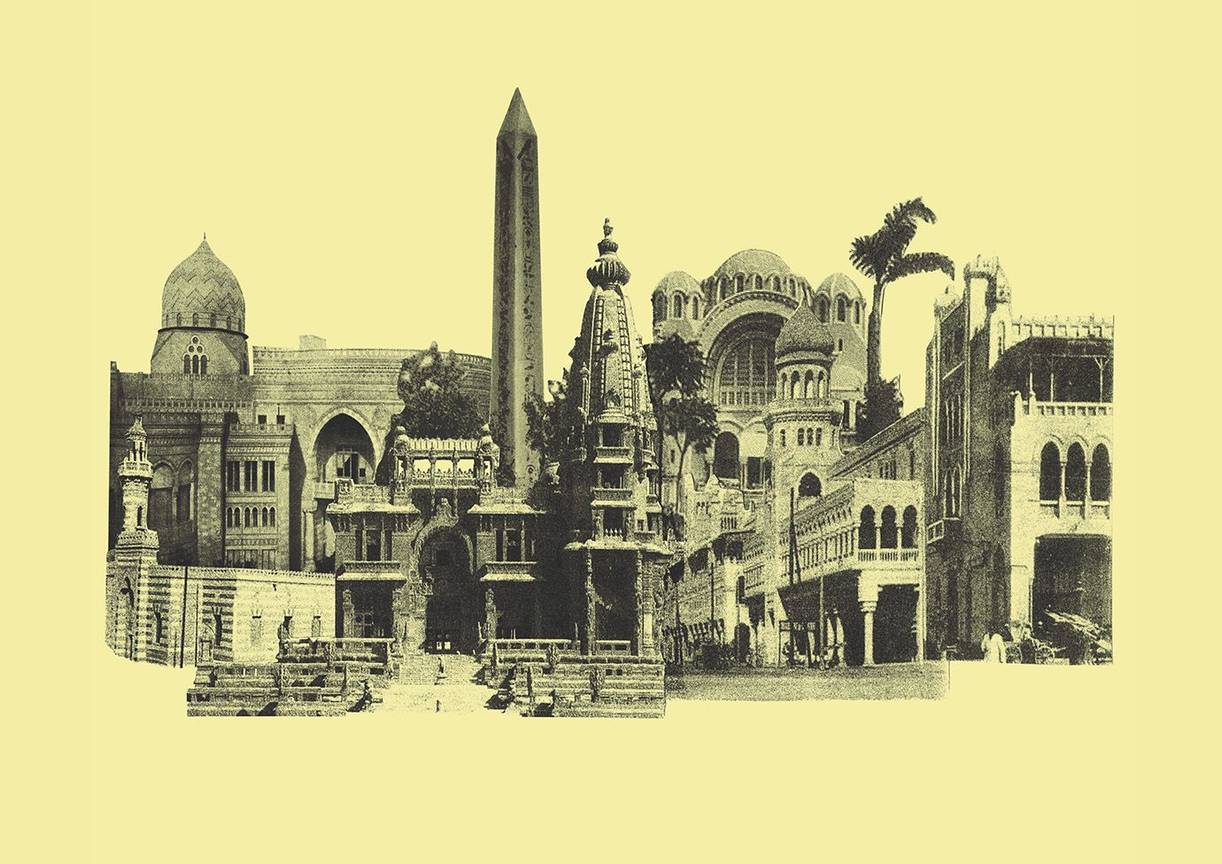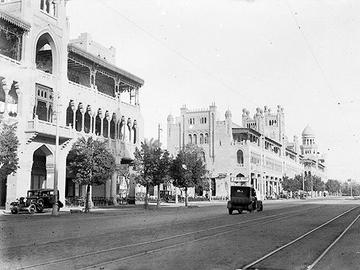In a mansion built for Louis Empain, this exhibition is devoted to the city that his father Édouard built beside the birthplace of pharaonic civilisation.

© Boghossianstichting
| Edouard Empain dreamed of a city in the middle of the desert. He built Heliopolis.
'Heliopolis': 3.000 years under the sun
Around 1905, Édouard Empain, an industrialist who made his fortune in tramways, dreamed of a city in the middle of the desert. A city of leisure with wide avenues and opulent mansions fitted with every modern comfort of the time. That city, named Heliopolis, is located about ten kilometres north-west of Cairo and covers an area of 25 square kilometres.
City of the Sun
Of course, neither the place nor the name was chosen at random. Heliopolis, the City of the Sun, is the place where the sun-god Re (or Ra) came into being and released his creative powers. It became a major religious centre of pharaonic civilisation.
According to Christian tradition, it’s where the flight into Egypt took place and, more precisely, where the Virgin Mary took refuge with the baby Jesus in the shelter of a sycamore tree. Starting in the Middle Ages, the cult of the Holy Family developed there, and many pilgrims gathered there on their journeys to visit biblical sites.
Sacred animals
The art deco mansion that now houses the Boghossian Foundation was the dream of Louis Empain, the Baron Édouard Empain’s second son. The sun rises and sets, and dreams change. The exhibition, which covers the metamorphoses that Heliopolis has undergone, has three sections, which correspond to three eras and three civilisations.
The pharaonic period is the most lavishly represented, with fifty magnificent pieces from the Cinquantenaire Museum, the Museum of Mariemont, and the MAS in Antwerp. The bronze objects, earthenware, divinities, sacred animals, stone slabs, and papyrus will take you on a journey into a fascinating civilisation and cosmogony.
Sprawl
The sun-yellow section dedicated to Édouard Empain’s creation, largely made up of photographs and explanatory panels, is a little frustrating. It requires more concentration to immerse yourself in postcards from the period, design plans, and documents about the city’s three centres of power: the Palace Hotel, which later became a presidential palace, the incredible Hindu palace with its eclectic style and Khmer tower, which the industrialist had built, and the Basilica of Our Lady of Tongre, which at the time was connected to the centre of Cairo by a tramline.
Today, the sprawling capital of the country of the Pharaohs has absorbed Heliopolis, but it hasn’t completely extinguished Édouard Empain’s dream.
> Heliopolis. The City of the Sun
> 18/8, Villa Empain
Read more about: Brussel , Expo , Villa Empain , Edouard Empain , heliopolis




Fijn dat je wil reageren. Wie reageert, gaat akkoord met onze huisregels. Hoe reageren via Disqus? Een woordje uitleg.